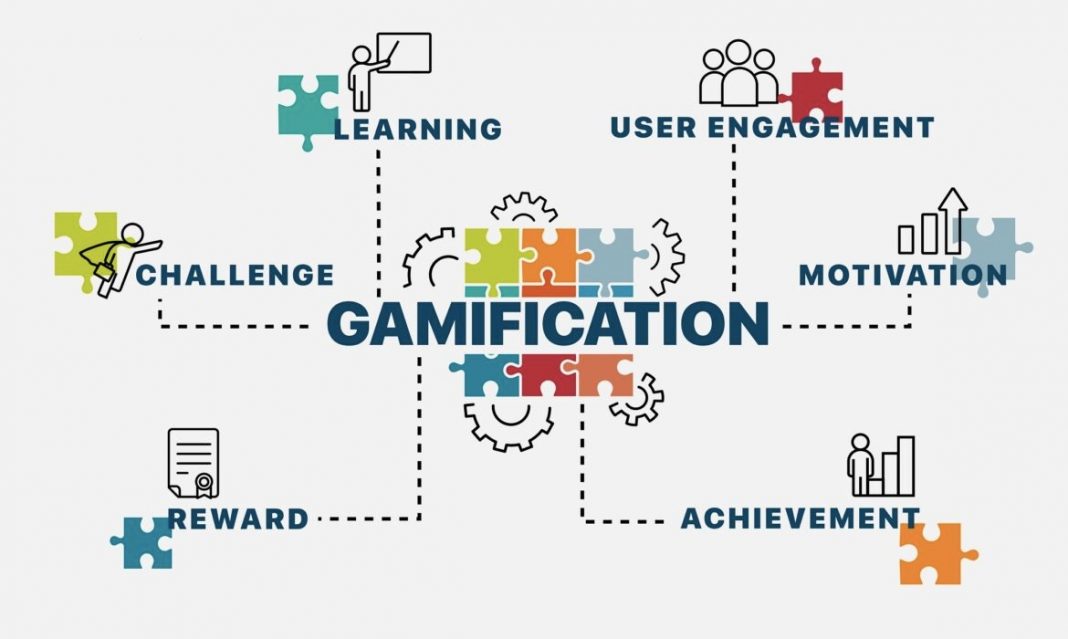According to a survey, a significant 88% of teachers who use digital games in their classrooms report that it increases student engagement. This statistic highlights the effectiveness of game-based learning platforms in making education enjoyable and engaging. In this blog, we will explore the top 10 game-based learning platforms that combine fun with learning to enhance the educational experience for kids.
Math & ELA | PreK To Grade 5
Kids see fun.
You see real learning outcomes.
Watch your kids fall in love with math & reading through our scientifically designed curriculum.
Parents, try for free Teachers, use for free
1. SplashLearn
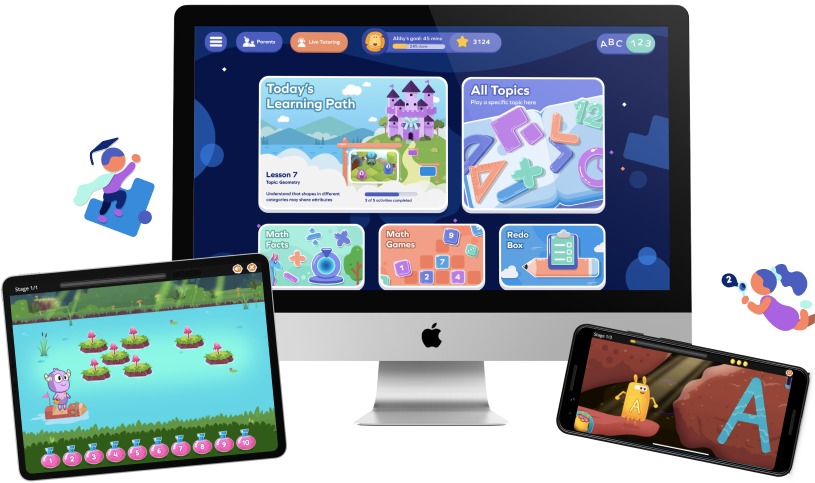
Who is it for: Pre-K to Grade 5
Subjects: Math, ELA, Early Skills
SplashLearn is one of the best game-based learning platforms for kids that excels in making foundational math, and reading skills engaging for kids. It offers interactive games that not only cover essential academic topics but also enhance early skills such as critical thinking, logic, problem-solving, creativity, and motor skills.
Each game is designed to adapt to a child’s learning pace, ensuring they are both challenged and adequately supported. This adaptability helps keep the learning process dynamic and aligned with each student’s needs, promoting a deeper understanding of the subjects.
Why Choose SplashLearn?
- Comprehensive Curriculum: This game-based curriculum covers a wide array of essential early education topics:
- Math: Engages children with topics such as number sense, addition, subtraction, shapes, division, fractions, money, measurement, algebra, decimals, and more.
- Reading Skills: Develops crucial capabilities in reading, writing, grammar, vocabulary, and spelling.
- Early Skills: Introduces children to general knowledge, art & creativity, critical thinking, and motor skills.
- Flexible and Adaptive Learning Path: SplashLearn’s learning path is highly adaptable, allowing it to perfectly align with each student’s individual learning pace and needs.
- Extensive Resource Library: With a vast collection of over 5000+ ELA and math learning games, SplashLearn ensures that learners always have fresh and exciting challenges available.
- Rewards and Motivation: To further engage students, SplashLearn incorporates rewards like coins and access to non-curricular games such as puzzles and quizzes. These games sharpen critical thinking skills and provide a delightful break from traditional learning.
- Multiplayer Games: The platform includes multiplayer games that allow children to compete and cooperate with peers, adding a social element to learning.
- Progress Tracking and Insights: Provides detailed feedback on a child’s progress, helping parents and educators make informed decisions about the next steps in their educational journey.
- Cost-Effective with Free Trial: Offers a free trial period before committing to a subscription, and it is completely free for teachers.
Devices: Accessible on the web, iOS, and Android.
2. Code Monkey
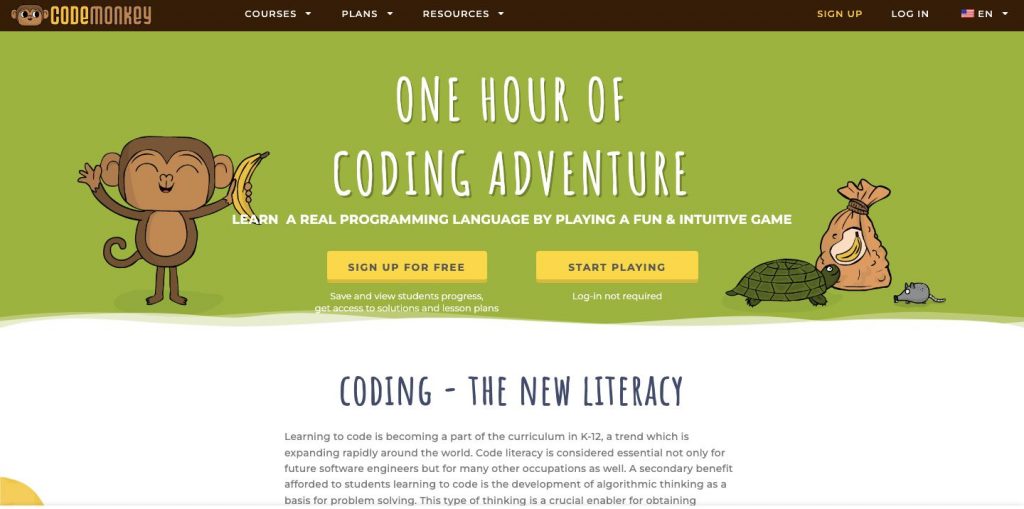
Who is it for: Grades 2-9
Subjects: Computer Programming
Coding Adventure is a standout among gamified apps for education designed to teach kids programming through a series of fun and challenging games. The platform uses a story-based approach, where students help characters solve problems by writing code. It covers basic to advanced programming concepts, helping build logical thinking and problem-solving skills. Features include personalized learning paths and real-time feedback.
Devices: Accessible on the web, iOS, and Android.
3. National Geographic Kids
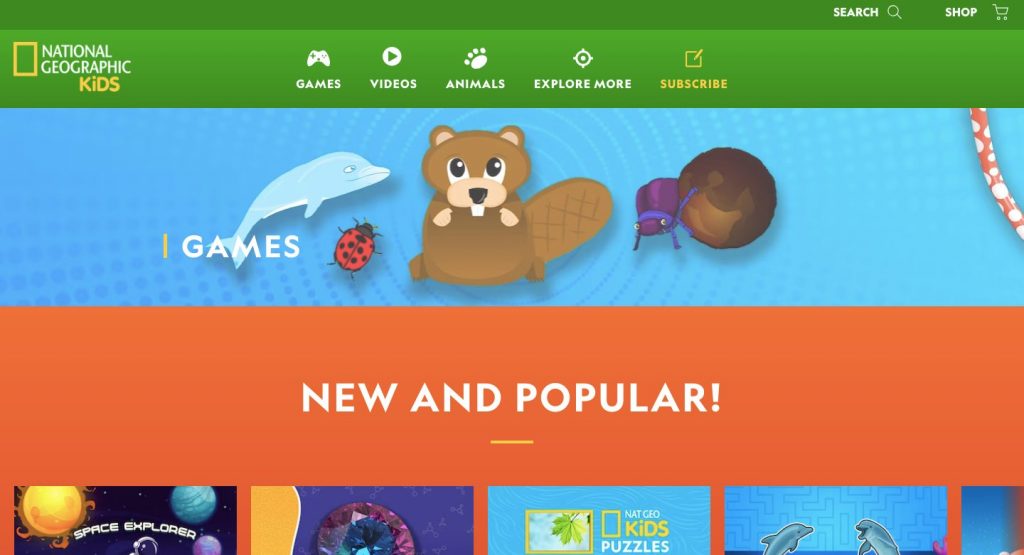
Who is it for: Grades K-6
Subjects: Geography, Science, Social Studies
National Geographic Kids is one of the most fun game-based learning platforms for students that offers a wealth of resources like videos, images, and games focused on the natural world. The content is rich with real-world geographical and scientific information that engages young learners’ curiosity about animals, ecosystems, cultures, and more. The platform is educational yet entertaining, making learning about the Earth enjoyable and memorable.
Devices: Accessible on the web.
4. Kahoot!
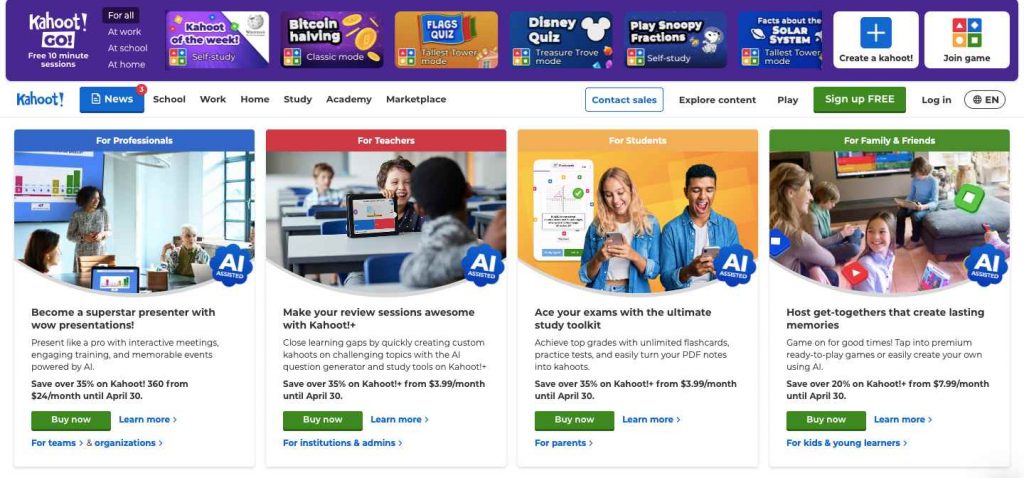
Who is it for: Grades K-12
Subjects: Wide range, including Math, Science, Languages, and Social Studies
Kahoot! is a gamified learning platform that turns quiz-based learning into a fun competition. Teachers can create their own quizzes or choose from millions shared by others, which cover a broad range of subjects. The interactive, game-like format encourages active participation and can be used to review material or introduce new concepts. Its engaging, fast-paced nature makes it a popular choice in classrooms worldwide.
If you are looking for more quiz based learning games, then Gimkit and Slido are good options
Devices: Accessible on the web, iOS, and Android.
5. BrainPOP
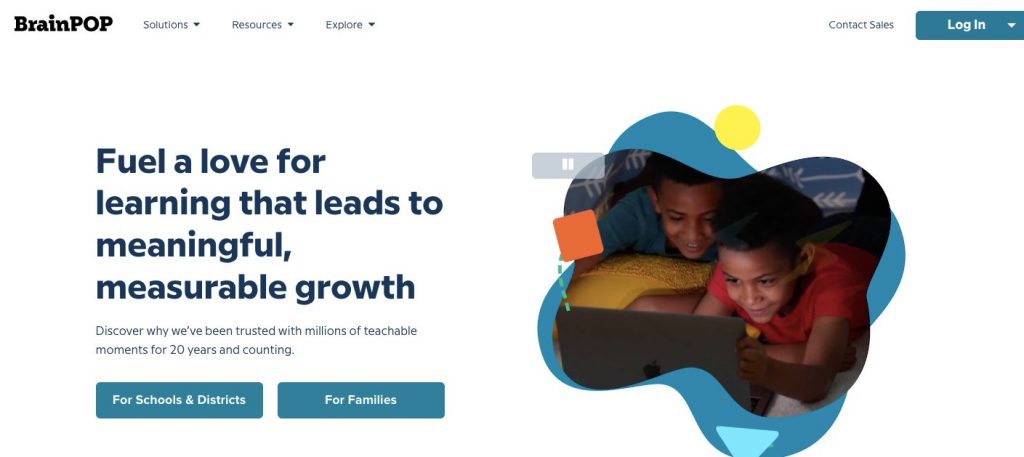
Who is it for: Grades 3-12
Subjects: Science, Math, Social Studies, English, Health, Arts, and Technology
BrainPOP features a variety of animated movies, quizzes, and activities designed to make complex subjects understandable for kids. The content is presented by the engaging robot character, Moby, and his friends. It’s widely used to introduce new topics and deepen knowledge through interactive tools and tailored learning paths. BrainPOP also includes resources for teachers and parents to track learning outcomes.
Devices: Accessible on the web, iOS, and Android.
Related Reading: Best Reading Websites For Kids
6. PBS Kids
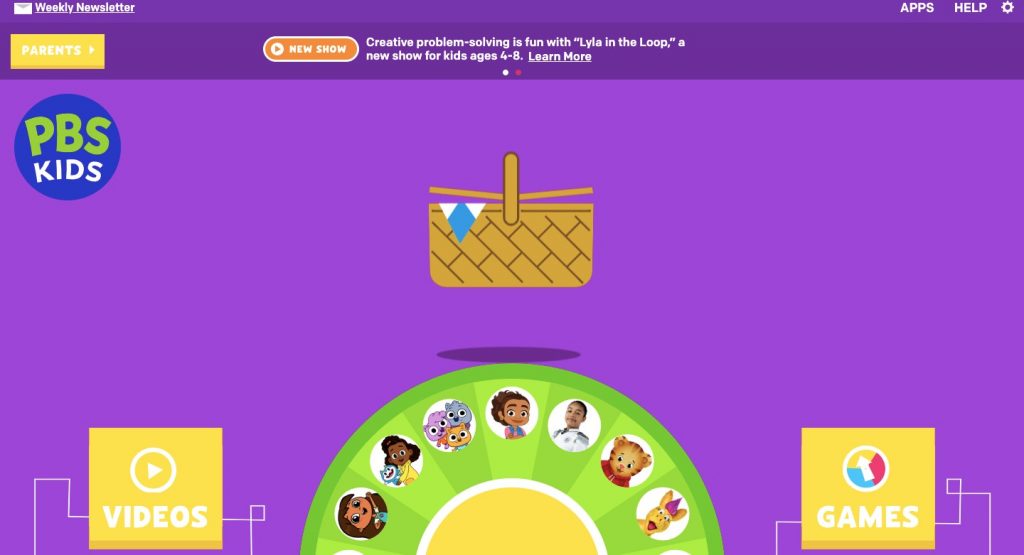
Who is it for: Pre-K to Grade 3
Subjects: Reading, Math, Science, and Social Skills
PBS Kids offers a range of educational games and videos connected to PBS’s children’s television programming. The platform includes characters from beloved shows like ‘Arthur’, ‘Curious George’, and ‘Sesame Street’, making learning familiar and fun. The educational content is developed by experts to enhance children’s creativity and critical thinking.
Devices: Accessible on the web, iOS, and Android.
7. Adventure Academy
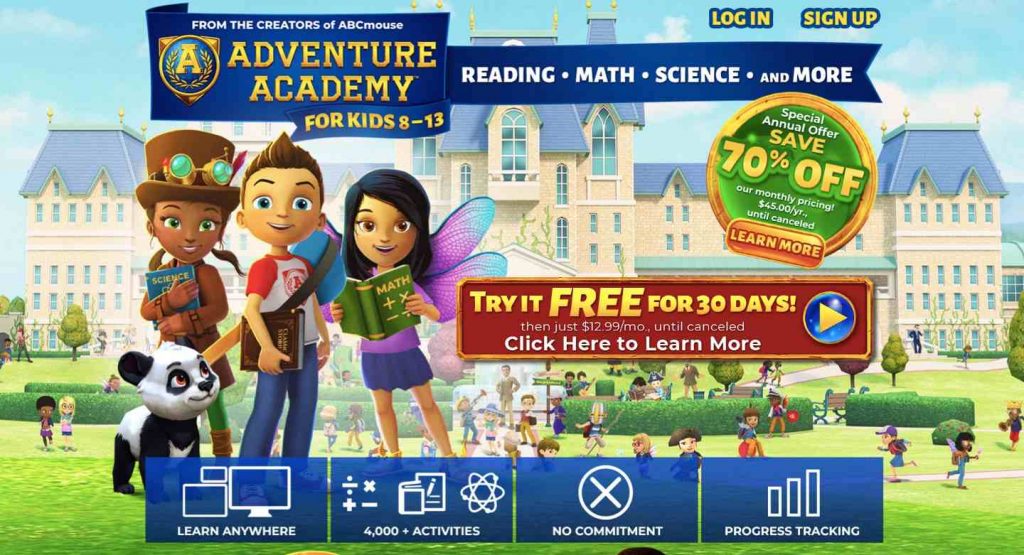
Who is it for: Grades 3-8
Subjects: Math, Reading, Science, and Social Studies
Adventure Academy is a virtual world where kids can explore a wide range of academic subjects through interactive quests and activities. This gamified learning platform combines high-quality educational content with an engaging, multiplayer online experience. It allows children to learn at their own pace in an immersive, adventure-driven environment, which helps to build essential skills in a context that feels more like play than work.
Devices: Accessible on the web, iOS, and Android.
8. Lightbot
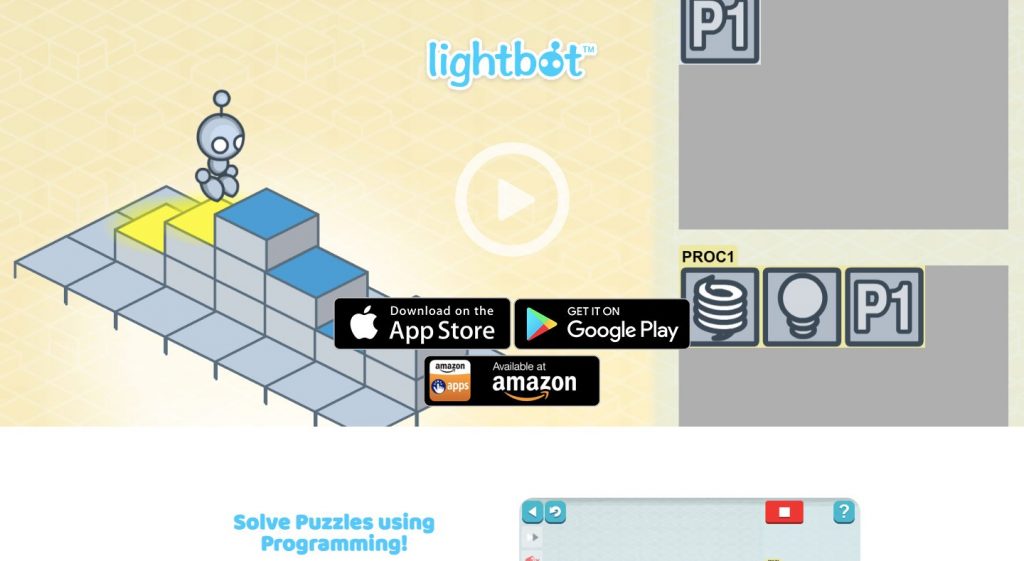
Who is it for: Grades 2-8
Subjects: Computer Science, Programming
Lightbot is one of the best game-based learning apps that introduces children to programming concepts through puzzle-solving gameplay. It teaches basic programming logic, such as sequencing, overloops, and conditionals, all without typing or complex code. By guiding a robot to light up tiles and solve levels, children develop critical thinking and problem-solving skills in a fun, engaging way.
Devices: Accessible on the web, iOS, and Amazon.
9. Duolingo
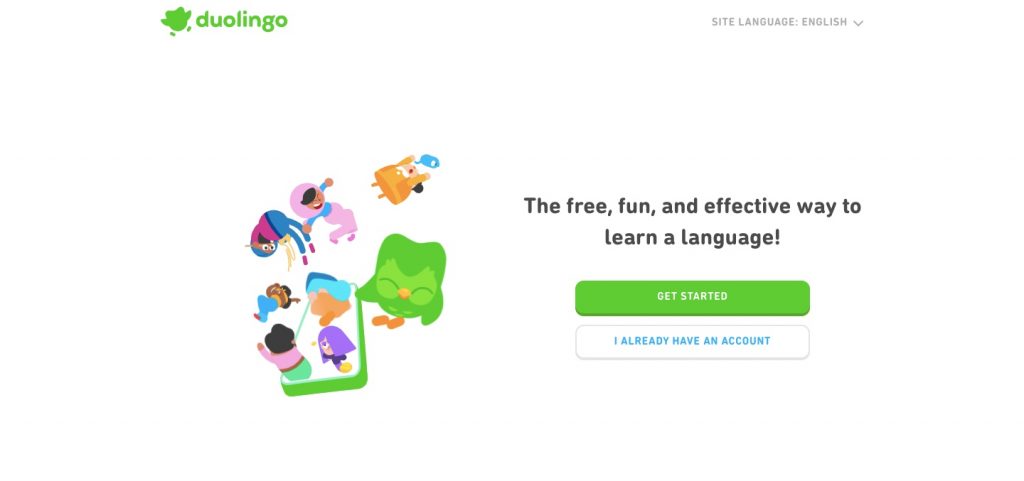
Who is it for: All ages (including Grades K-12)
Subjects: Languages
Duolingo is a widely recognized gamified learning platform that teaches languages through short, interactive lessons. The app uses a combination of listening, speaking, reading, and writing exercises to enhance language learning. Its strength lies in its adaptive learning technology, which tailors lessons to the user’s pace and learning style, making language learning accessible and effective for everyone.
Devices: Accessible on the web, iOS, and Android.
Related Reading: Best Reading Apps for Kids
10. Funbrain
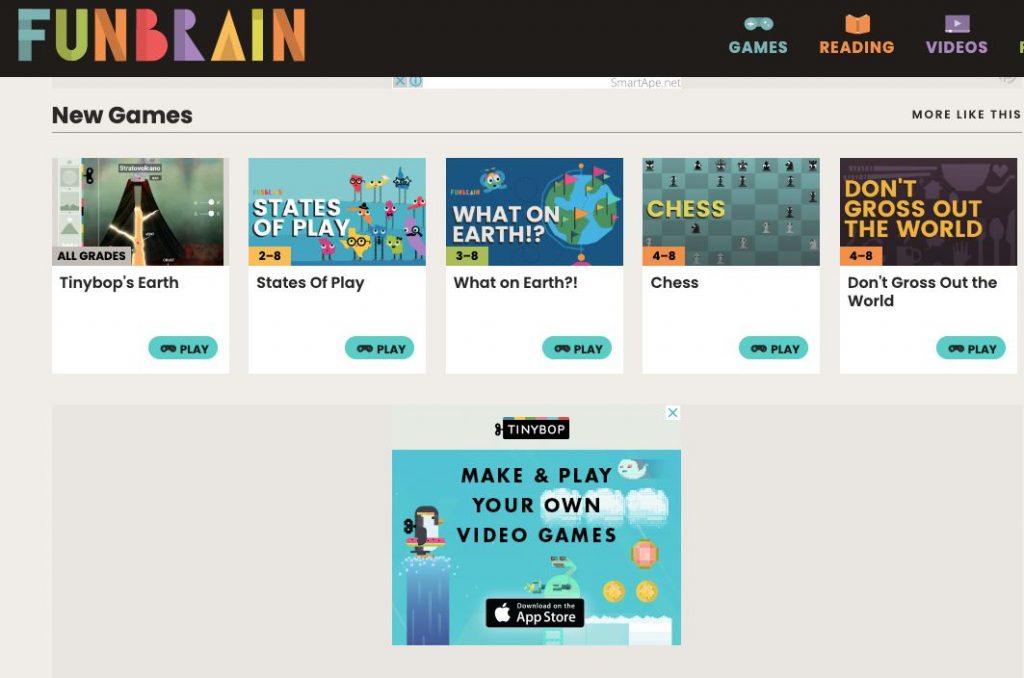
Who is it for: Pre-K to Grade 8
Subjects: Math, Reading, Literacy
Funbrain is a game-based learning platform that offers a variety of educational games, books, comics, and videos designed to develop skills in math, reading, and literacy. Each activity is crafted to be fun and engaging while providing valuable educational content that aligns with curriculum standards. Funbrain’s friendly and intuitive interface ensures that kids enjoy learning and gain confidence in their abilities through interactive play.
Devices: Accessible on the web, and iOS.
Related Reading: Best Math Games for Kids That Are Fun to Play
Why Choose Game-Based Learning for Your Kids?
- Games naturally capture children’s interest, keeping them engaged longer and making learning feel like play.
- Interactive elements in games encourage active participation, which can lead to deeper understanding and retention of information.
- Most game-based learning platforms provide instant feedback, helping children understand their mistakes and learn from them quickly.
- Many platforms adjust the difficulty levels based on the child’s performance, ensuring they are neither too easy nor frustratingly hard.
- Beyond academic knowledge, these games help develop critical thinking, problem-solving, and decision-making skills.
- Games often include elements like points, levels, and badges that motivate children to set goals and achieve them, enhancing their learning experience.
Conclusion
Game-based learning platforms offer a unique and effective way to engage children in their education. By combining fun with learning, these platforms help students develop a love for knowledge and a deeper understanding of various subjects.
Related Reading: Fun Free Games for Kids to Play Online
Frequently Asked Questions (FAQs)
What are the two types of game-based learning?
The two types of game-based learning are content-embedded games, where learning objectives are integral to the game mechanics, and content-adjacent games, where the game indirectly supports learning through engagement and critical thinking skills enhancement.
Which is the best educational game site for kids?
One of the best educational game sites for kids is SplashLearn. It not only teachers math and reading but also early skills through interactive games.
What is the game-based learning method of teaching?
The game-based learning method of teaching involves using games to deliver educational content, helping students learn and practice new skills through gameplay. This approach makes learning interactive, enjoyable, and often collaborative, enhancing motivation and retention of information.
How do you implement game-based learning in the classroom?
To implement game-based learning in the classroom, educators can start by identifying suitable games that align with their educational goals. They should integrate these games into the curriculum as supplemental tools, set clear objectives for what students should achieve through gameplay, and provide guidance and support as students engage with the games.

















